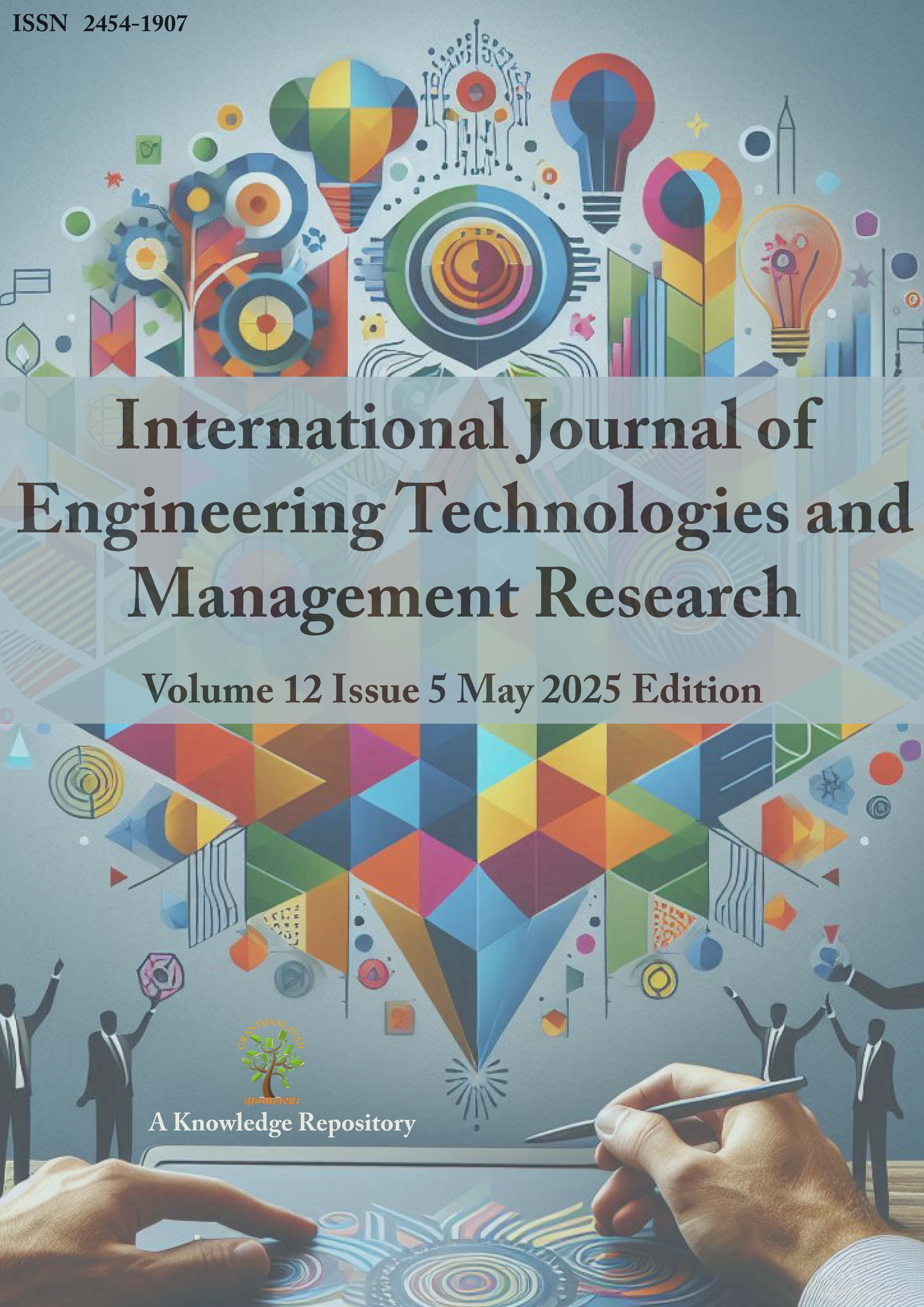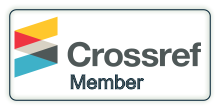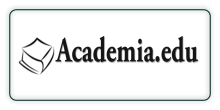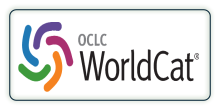CLIMATE VARIABILITY AND COASTAL MARITIME AREAS: PERCEPTIONS OF ARTISANAL MARINE FISHERMEN IN THE MUNICIPALITY OF GRAND-POPO, BENIN
DOI:
https://doi.org/10.29121/ijetmr.v12.i5.2025.1593Keywords:
Grand-Popo, Climate Variability, Artisanal Marine Fishing, Artisanal Marine FishersAbstract
Benin, a West African country bordered by the Gulf of Guinea, derives a significant portion of its Gross Domestic Product (GDP) from the agricultural sector, with fishing making a notable contribution. The fishing sector in Benin comprises inland fishing, artisanal marine fishing, and industrial marine fishing, which account for approximately 75%, 24%, and 1% of the national fish production, respectively. Grand-Popo stands out among the five major coastal municipalities in Benin due to its substantial contribution to national output from artisanal marine fishing. For several years, Grand-Popo has been facing significant climate variability, which increasingly affects the output from artisanal marine fishing. The study aims to assess the impact of climate variability on the coastal areas of Grand-Popo. To this end, local rainfall data, national artisanal fishing statistics, and a socioeconomic survey of fishermen in the municipality were analyzed. An analysis of rainfall data collected in Grand-Popo between 1970 and 2017 highlights a correlation between drought episodes (severe or moderate), notably in 2000, 2005, 2007, 2011, and 2017, and notable declines in national artisanal fishing production. The year 2000, marked by a severe drought, recorded the lowest production (5,320 tons) during the period from 1998 to 2018. Nearly all artisanal marine fishers (99.58%) perceive this climate variability and report that it manifests through irregular rainfall distribution, rising temperatures, and its impacts include ecosystem degradation, migration and disappearance of certain species, rising sea levels, and coastal erosion. In conclusion, climate variability hurts fishing statistics in Grand-Popo and at the national level.
Downloads
References
ASECNA. (2019). Données Climatiques De La Commune De Grand-Popo De 1970 à 2017.
Agbossou. (2010). Pollutions Chimique Et Bactériologique Des Eaux Souterraines Des Exploitations.
Assogbadjo. (2008). Folk Classification, Perception, and Preferences of Baobab Products in West Africa: Consequences for Species Conservation and Improvement. University of Abomey-Calavi. https://doi.org/10.1007/s12231-007-9003-6
Atidégla, S. C. (2016). Vegetable Contamination By the Fecal Bacteria of Poultry Manure: Case Study of Gardening Sites in Southern Benin. Faculté des Sciences Agronomiques, Université d'Abomey-Calavi. https://doi.org/10.1155/2016/4767453
Audrey. (2015). Aspects Biophysiques De La Zone Côtière Béninoise Face Aux Changements Climatiques. Université d'Abomey-Calavi, Bénin.
Capo-chichi. (2006). Monographie De La Commune De Grand-Popo. Afrique-Conseil.
Chede. (2020). Variabilité Intra-Saisonnière De La Grande Saison Pluvieuse Dans Le Sud-Benin. Université d'Abomey-Calavi.
Dessouassi. (2013). La Pêche Artisanale Au Sud Bénin Face Aux Défis Des Changements Climatiques.
Dossa. (2007). Spatial Variation in Goat Populations from Benin As Revealed By Multivariate Analysis of Morphological Traits. Small Ruminant Research. https://doi.org/10.1016/j.smallrumres.2007.01.003
FAO. (2012). Cadre De Programme Pays-Bénin (2012-2015).
INSAE. (2024). Les Chiffres Définitifs De La Campagne Agricole 2023-2024. Direction de la statistique agricole (DSA), MAEP.
Lamb, P. (1985). Rainfall in Sub-Saharan West Africa During 1941-83. Z. Gletscherk. Glazialgeol, 21, 131-139.
Laubier, L. (2003). Changement Et Vulnérabilité Des Peuplements Marins Côtiers. Comptes Rendus Geoscience, 335, 561-568. https://doi.org/10.1016/S1631-0713(03)00102-0
Periasam. (2023). Effects of cOastal Erosion Due To Climate Change on Fishermen Communities in Tamil Nadu. https://doi.org/10.25303/1603da068074
Petrick, J. F. (2001). An Examination of the Determinants of Entertainment Vacationers' Intentions To Revisit. Journal of Travel Research. https://doi.org/10.1177/004728750104000106
Published
How to Cite
Issue
Section
License
Copyright (c) 2025 Emile Yedahoun, Arzu Morkoyunlu

This work is licensed under a Creative Commons Attribution 4.0 International License.
License and Copyright Agreement
In submitting the manuscript to the journal, the authors certify that:
- They are authorized by their co-authors to enter into these arrangements.
- The work described has not been formally published before, except in the form of an abstract or as part of a published lecture, review, thesis, or overlay journal.
- That it is not under consideration for publication elsewhere.
- That its release has been approved by all the author(s) and by the responsible authorities – tacitly or explicitly – of the institutes where the work has been carried out.
- They secure the right to reproduce any material that has already been published or copyrighted elsewhere.
- They agree to the following license and copyright agreement.
Copyright
Authors who publish with International Journal of Engineering Technologies and Management Research agree to the following terms:
- Authors retain copyright and grant the journal right of first publication with the work simultaneously licensed under a Creative Commons Attribution License (CC BY-SA 4.0) that allows others to share the work with an acknowledgment of the work's authorship and initial publication in this journal.
- Authors can enter into separate, additional contractual arrangements for the non-exclusive distribution of the journal's published version of the work (e.g., post it to an institutional repository or edit it in a book), with an acknowledgment of its initial publication in this journal.
- Authors are permitted and encouraged to post their work online (e.g., in institutional repositories or on their website) before and during the submission process, as it can lead to productive exchanges, as well as earlier and greater citation of published work.
For More info, please visit CopyRight Section






























